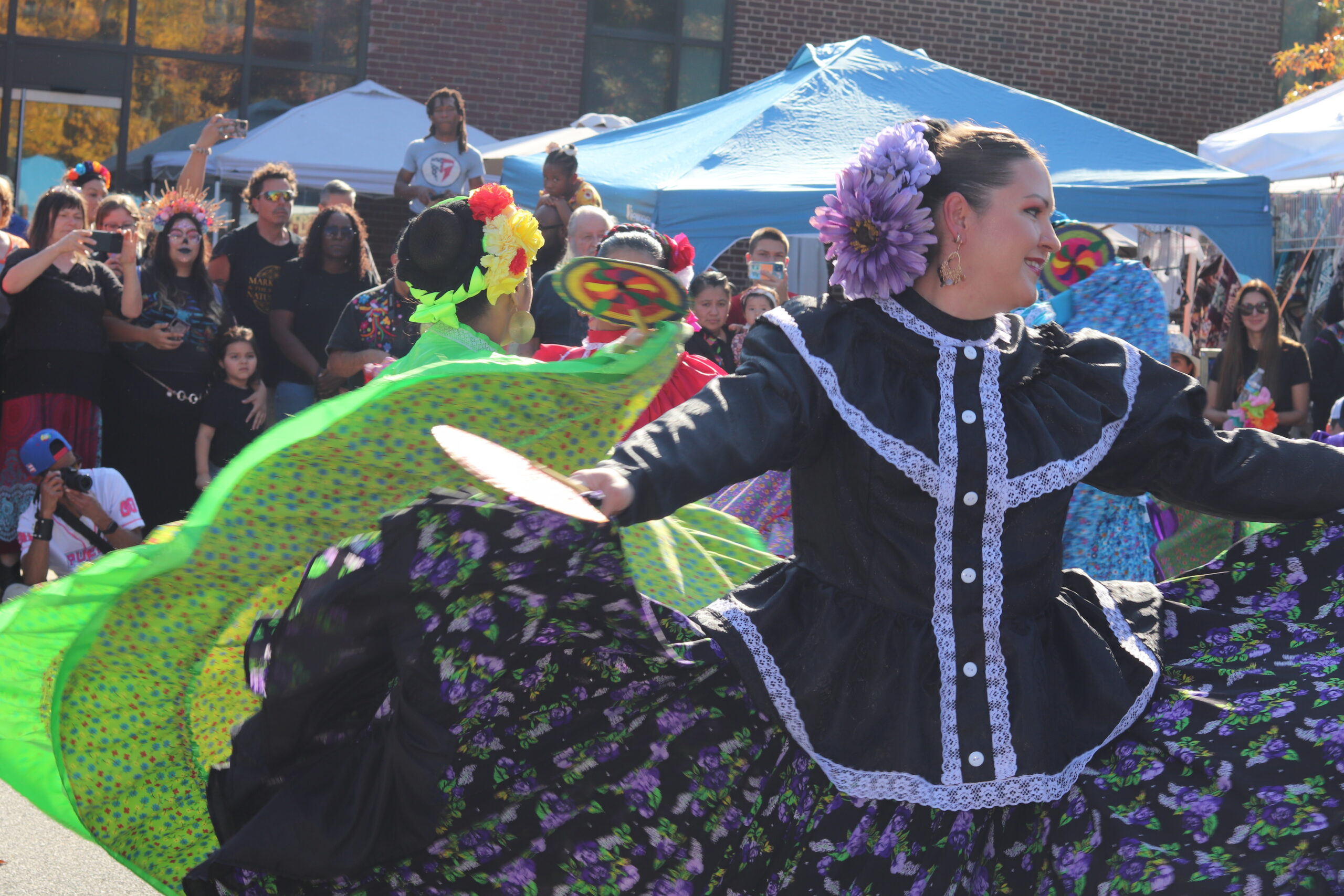The Folkloric Ballet México Lindo is one of the notable efforts of the Arts and Culture Committee of the Hispanic American Association of Delaware. Although it was born several years ago, in 2017 México Lindo joined the Hispanic American Association of Delaware to grow and start bringing classes to children and adults, as well as focusing on promoting latin culture in general, leading the formation of the Arts and Culture Committee of the association. Aurora Colin, one of the instructors, is member of the board of Directors of the Association, and Teresa Ayala, another of the instructors, is the coordinator of the Art and Culture Committee.
The Arts and Culture Committee has goals to promote Latino art, and as such, is making various efforts besides the Ballet Mexico Lindo. However, the ballet continues to grow with new students, children and adults, and continues to make presentations. Its purpose is to disseminate and preserve the customs and traditions of the Mexican culture. The dances have evolved from generation to generation, the practice of dance is a reason for coexistence where we express our joy.
The Folkloric Ballet Mexico Lindo demonstrates its different dances during social events such as parties and commemorations. This group is composed of dozens of adults, youth and children, each of them has charisma, dedication, responsibility and above all, love and passion for the dance. The group is currently dancing dances of 10 States of the Mexican Republic, among them: Campeche, Chiapas, Guerrero, Jalisco, Michoacán, Nuevo Leon, Oaxaca, Sinaloa and Veracruz.

These are the descriptions of some of their dances:
Jalisco: It borders to the northeast with Nayarit, Zacatecas and Aguas Calientes. With the birth of the mariachi there was the flowering of these sones, it is a dance full of folklore. The sounds of Jalisco are danced with joy, they have different zapateados, slides, faldeos to the compass of the music.
Campeche: It is located in the western part of the Yucatan Peninsula. Campeche has very happy dances and jarana movements, the music comes from the zarandeo and it’s a tropical rhythm.
Chiapas: It is located in the southeast of Mexico. It is one of the states richest in ancestral traditions. The typical costumes are showy, colorful, and elegant. The music is very rich and covers different instruments. Harps, violins, flutes, wind bands, and marimbas. This dance involves faldeos and stomps to the beat of music.
Guerrero: It borders to the north with the states of Mexico and Morelos. Guerrero’s dance consists of hip movements, bandana movements and rapid movements of the feet.
Yucatan: The Yucatecan dances have a great Spanish and Mayan influence. The most popular is the jarana. The dance is done by couples, the steps that are given by zapateado, making spins with your arms up and straight back that allows you to carry a bottle and a tray on the head while the feet move to the rhythm of the music.
Please, fill out the form below if you’d like to request a performance by the Association’s Folkloric Dance Group Mexico Lindo. We’ll be in contact shortly.


